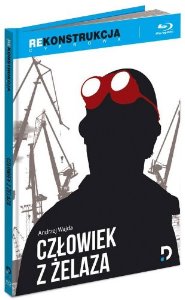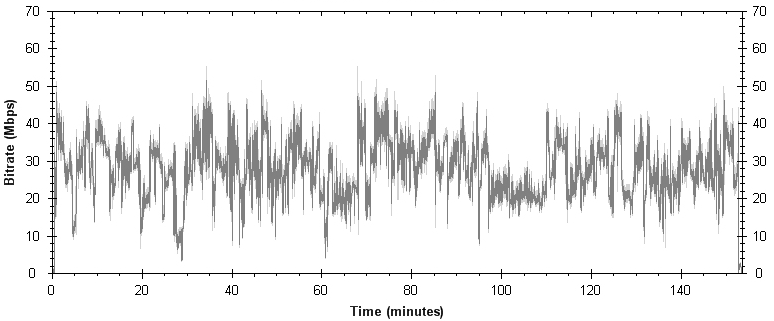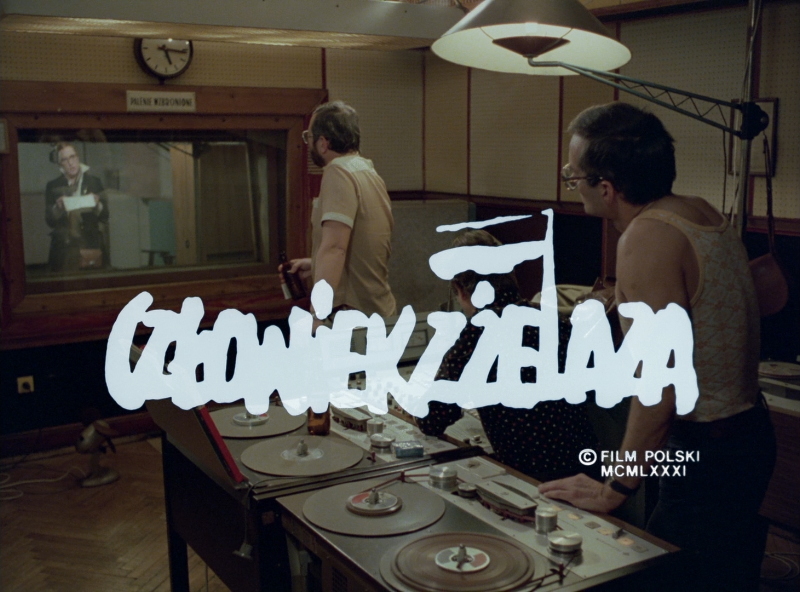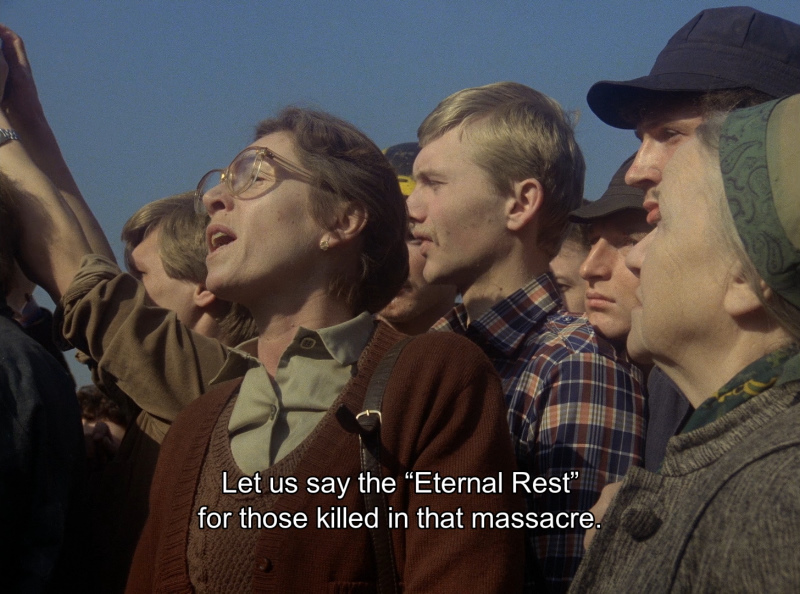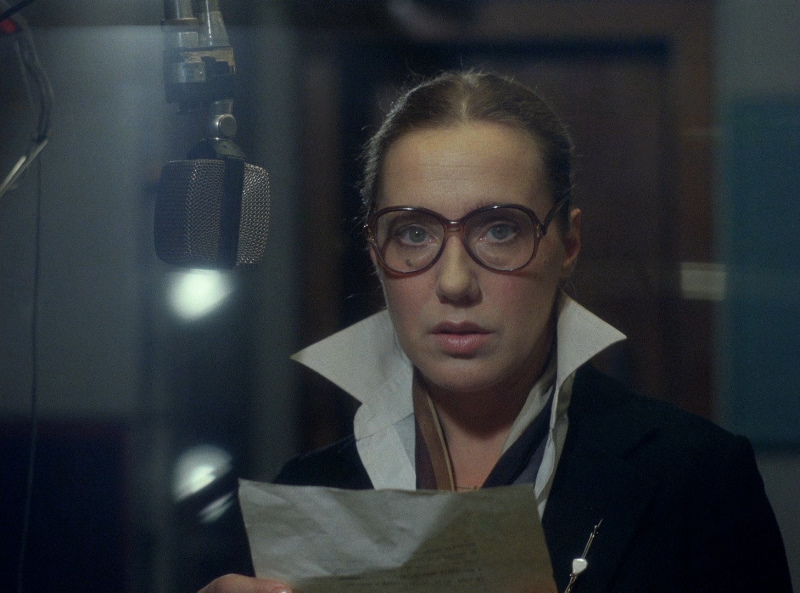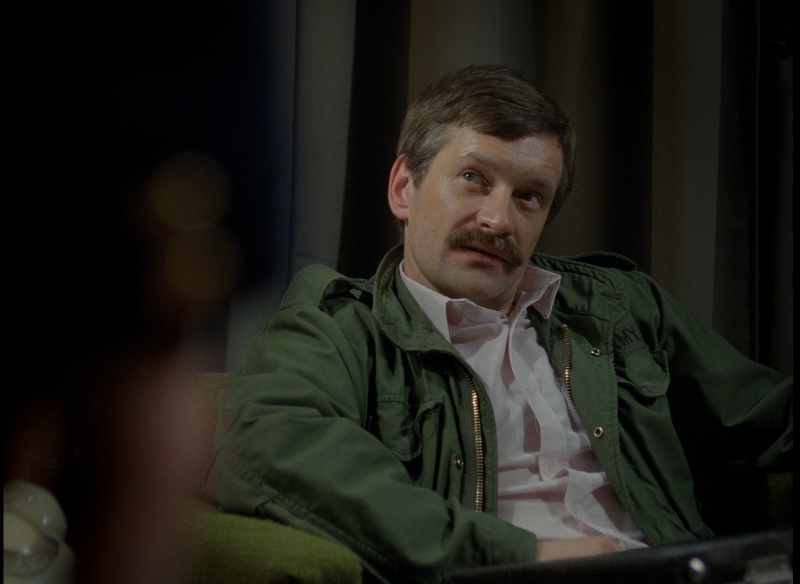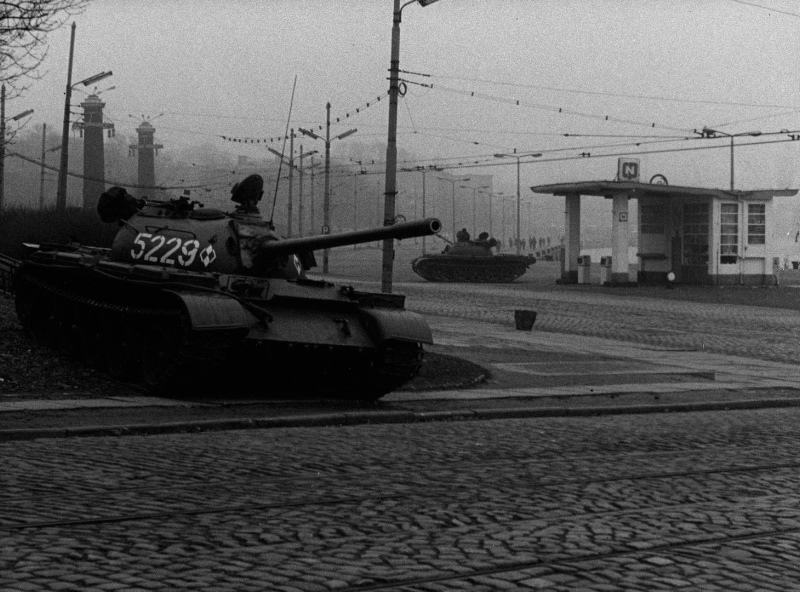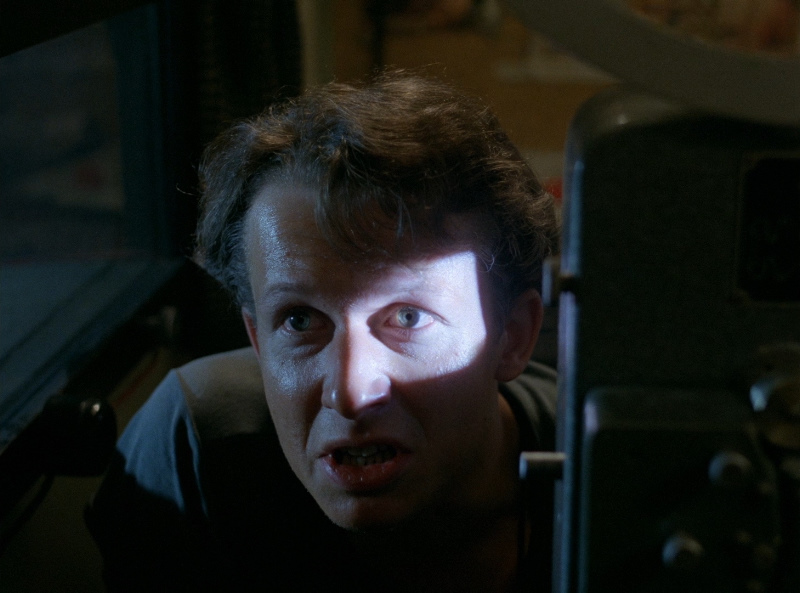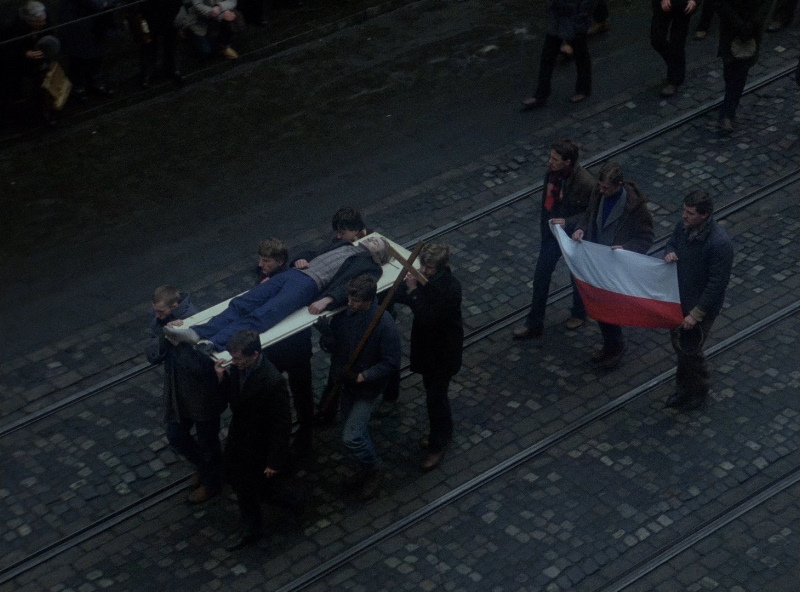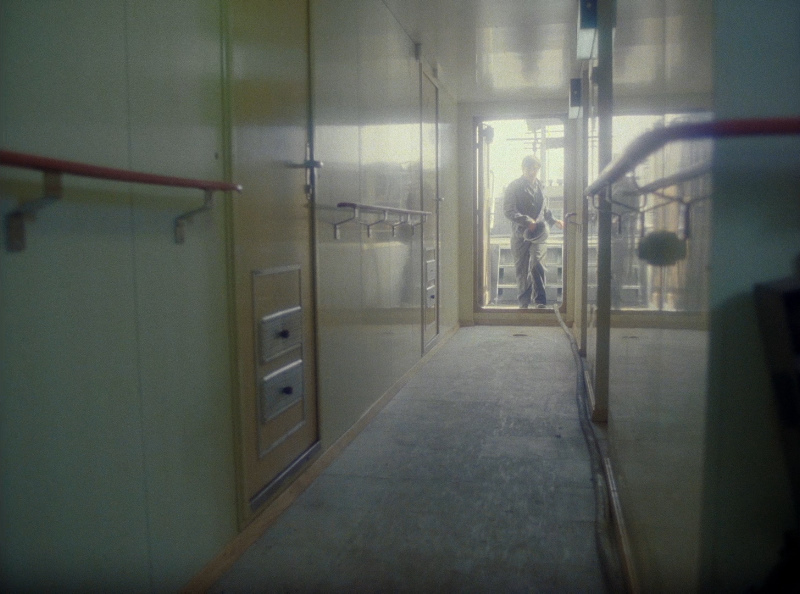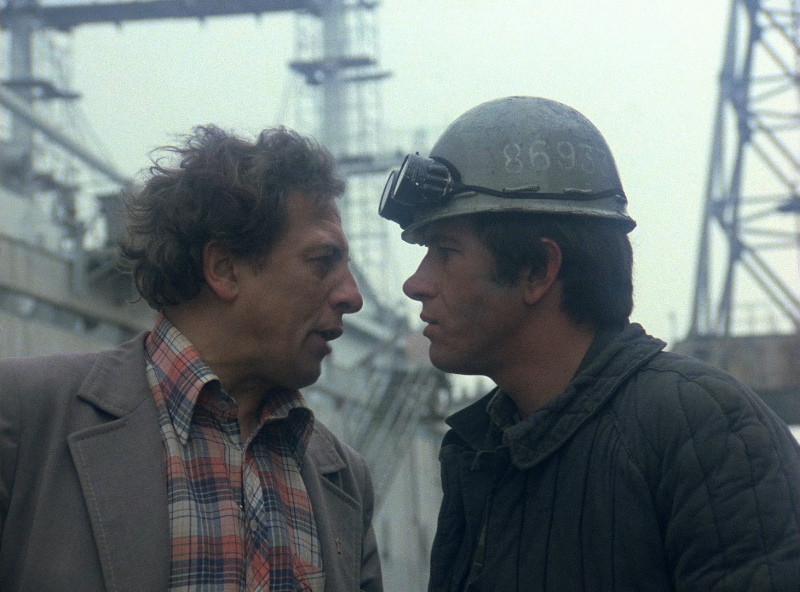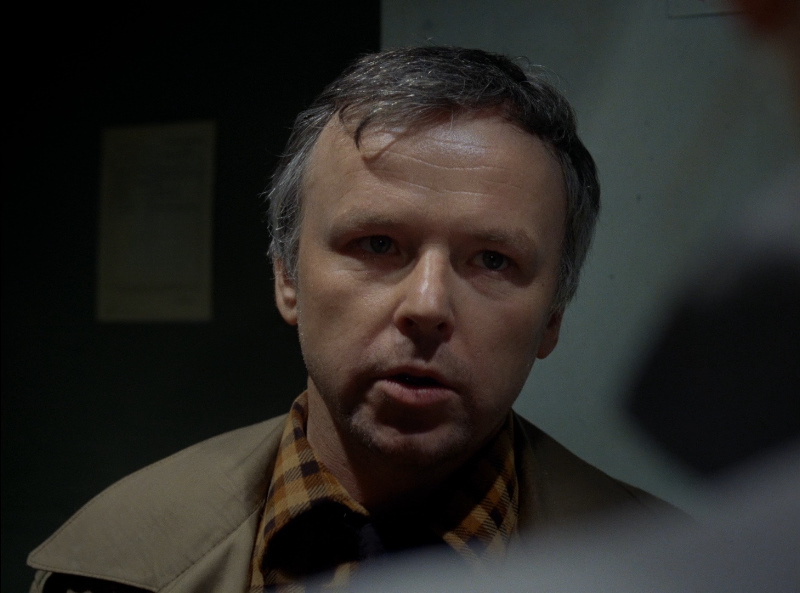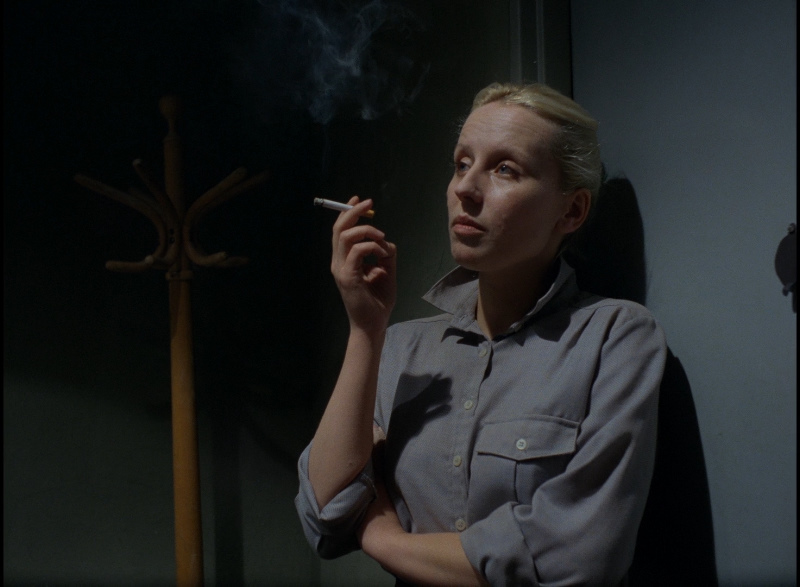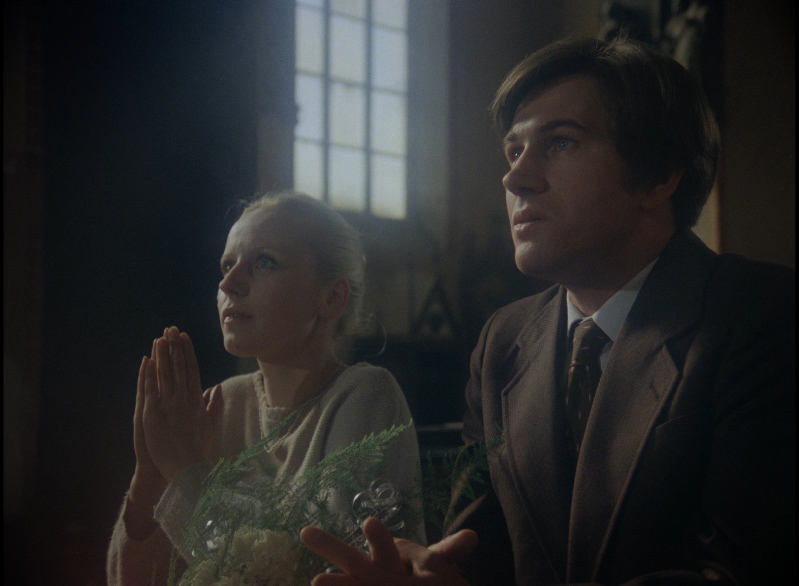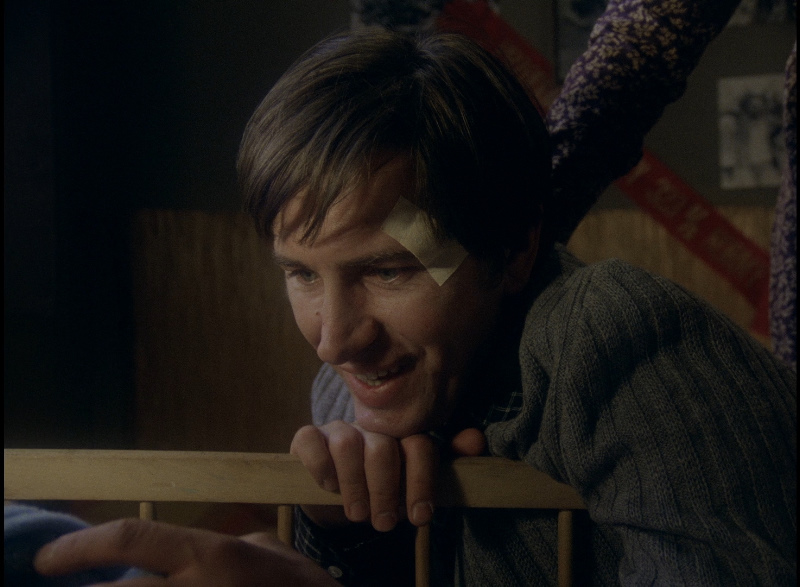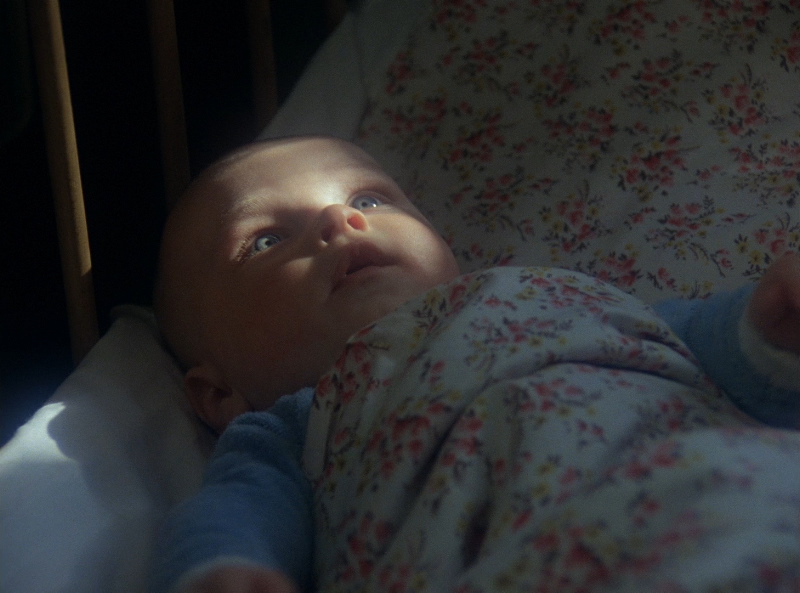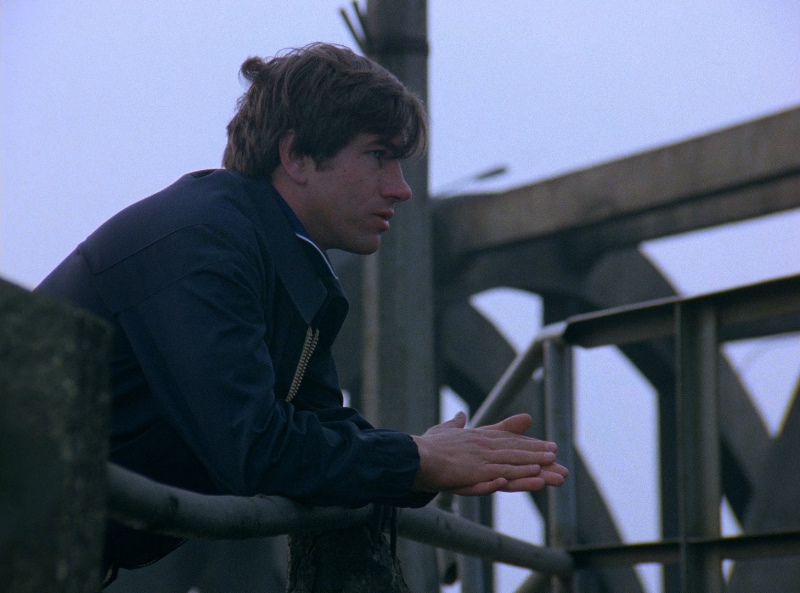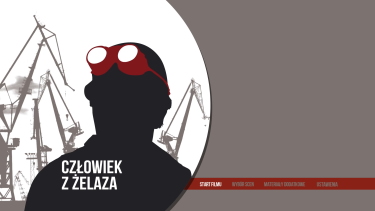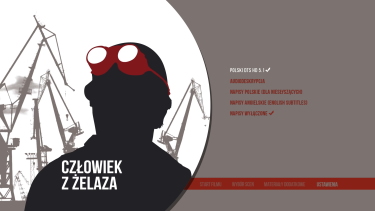![]()
![]()

![]()
![]()
|
Search DVDBeaver |
S E A R C H D V D B e a v e r |
|
|
Man of Iron aka "Czlowiek z zelaza" [Blu-ray]
(Andrzej Wajda, 1981)
Review by Gary Tooze
Production: Theatrical: Zespól Filmowy "X" Video: Zebra (DMMS Media Distribution)
Disc: Region: FREE (as verified by the Oppo Blu-ray player) Runtime: 2:33:32.666 Disc Size: 44,170,930,950 bytes Feature Size: 38,488,747,584 bytes Video Bitrate: 27.99 Mbps Chapters: 17 Case: Standard Blu-ray case Release date: February, 2014
Video: Aspect ratio: 1.33:1 Resolution: 1080p / 24 fps Video codec: MPEG-4 AVC Video
Audio: DTS-HD Master Audio Polish 1894 kbps 5.1 / 48 kHz / 1894 kbps / 16-bit (DTS Core: 5.1 / 48 kHz / 1509 kbps / 16-bit) Descriptive Audio: LPCM Audio Polish 1536 kbps 2.0 / 48 kHz / 1536 kbps / 16-bit
Subtitles: English (SDH), Polish none
Extras: • The cover, booklet and extras are in all Polish only (unknown)
Bitrate:
Description: Polish filmmaker Andrzej Wajda's sequel to his immensely well-received Man of Marble covers some of the same ground: the relationship of labor leaders to their communist political masters and the difficulties the media encounters in covering that story. But it adds an exceptionally timely element: footage from the real-life Solidarity movement strikes led by Lech Walesa that were taking place during the film's production are woven into the dramatic story. There are a few glimpses of Walesa, and he even pops up as a guest at the wedding of the fictional story's hero. That man, Tomczyk, is the son of Birkut, the labor leader profiled in Man of Marble, and he's played by the actor Jerzy Radziwilowicz, who played Birkut in the first film. In Man of Marble, a student filmmaker in late 1970s Poland tried to uncover the story of Birkut, a working-class hero of the '50s who was later politically discredited and killed in a 1970 strike demonstration. Here, Winkiel (Marian Opania), an alcoholic radio journalist, is assigned by the state to cover the rise to prominence of Tomczyk, but with an eye to discrediting him and the Solidarity movement as well. Like The Godfather II, Man of Iron successfully expands on the story of its predecessor while provocatively exploring many of the same issues.
The Film: Wajda's remarkable sequel to Man of Marble welds newsreel footage of the Solidarity strike to fiction in a strong investigative drama. A disillusioned, vodka-sodden radio producer is bundled off to Gdansk in a black limousine. His mission: to smear one of the main activists - who also happens to be the son of the hapless 'Marble' worker-hero. But, tempered by bitter experience of the failed reforms of '68 and '70, these new men of iron are more durable than their fathers, not as easily smashed. Media cynicism, censorship and corruption are again dominant themes, this time anchored through the TV coverage of the strike, though the conclusion hints with guarded optimism at a possible rapprochement between workers and intelligentsia. An urgent, nervy narrative conveys all the exhilaration and bewilderment of finding oneself on the very crestline of crucial historical change; and for the viewer, all the retrospective melancholy of knowing that euphoria shattered by subsequent events. Excerpt from TimeOut located HERE
Andrzej Wajda was a key figure in the period, through his status as one
of the most respected Polish filmmakers of the post-war era and as a
prominent supporter of Solidarity. Man Of Iron, made while the movement
was at its height (and featuring a cameo by its leader, Lech Walesa)
vividly conveys the immediacy and the passion of those dramatic times.
Image : NOTE: The below Blu-ray captures were taken directly from the Blu-ray disc. Man of Iron in 1080P appears similar to DSSM's Man of Marble Blu-ray. The image quality shows a shade less grain - but is peppered with heavier textured black and white scenes and the color sequences are impressive, tight and true. The 2 1/2 hour film is housed on a dual-layered disc with a supportive bitrate. The transfer is in the original 1.33:1 aspect ratio. It looks minutely more flatter than the other Polish Blu-rays we have recently reviewed, but I don't doubt that it is an authentic appearance. It is free of manipulation, detail is strong, there is no noise and it shows sporadic depth. Once again, I was very pleased with the video quality - an obvious upgrade over an SD rendering of the film.
CLICK EACH BLU-RAY CAPTURE TO SEE ALL IMAGES IN FULL 1920X1080 RESOLUTION
Audio :As with the video - comments can virtually match the Man of Marble Blu-ray. The disc, again, initially offers 'Descriptive Audio' and the feature film track is presented in a DTS-HD Master 5.1 in original Polish. There are few, if any, demonstrative separations and the sound is a lot of dialogue - with sparing effects. The score is by Andrzej Korzynski (who also did Man of Marble) and with the film using the similar 'interview style' is not a prevalent part of the intent. There are optional English (and Polish) subtitles and my Oppo has identified it as being a region FREE disc playable on Blu-ray machines worldwide.
Extras : The cover, booklet and extras are in all Polish only (unknown) but only trailers and there doesn't appear to be anything of a substantial nature (nothing is longer than 2.5 minutes.)
BOTTOM LINE: Gary Tooze March 26th, 2014 |
|
About the Reviewer: Hello, fellow Beavers! I have been interested in film since I viewed a Chaplin festival on PBS when I was around 9 years old. I credit DVD with expanding my horizons to fill an almost ravenous desire to seek out new film experiences. I currently own approximately 9500 DVDs and have reviewed over 3500 myself. I appreciate my discussion Listserv for furthering my film education and inspiring me to continue running DVDBeaver. Plus a healthy thanks to those who donate and use our Amazon links.
Although I never wanted to become one of those guys who
focused 'too much' on image and sound quality - I
find HD is swiftly pushing me in that direction. 60-Inch Class (59.58” Diagonal) 1080p Pioneer KURO Plasma Flat Panel HDTV PDP6020-FD
Oppo Digital BDP-83 Universal Region FREE Blu-ray/SACD
Player APC AV 1.5 kVA H Type Power Conditioner 120V Gary W. Tooze ALL OUR NEW FORMAT DVD REVIEWS
|
![]()
![]()

![]()
![]()


